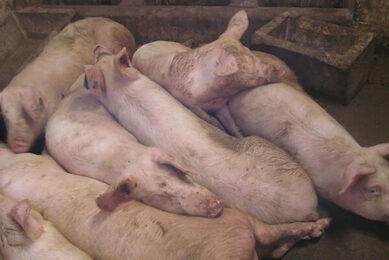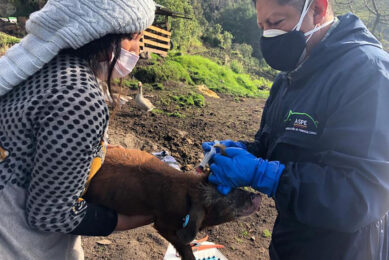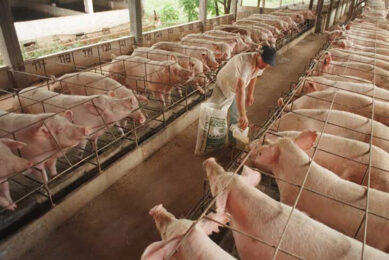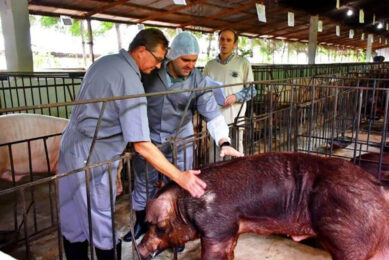Iceland follows Norway to increase pig welfare
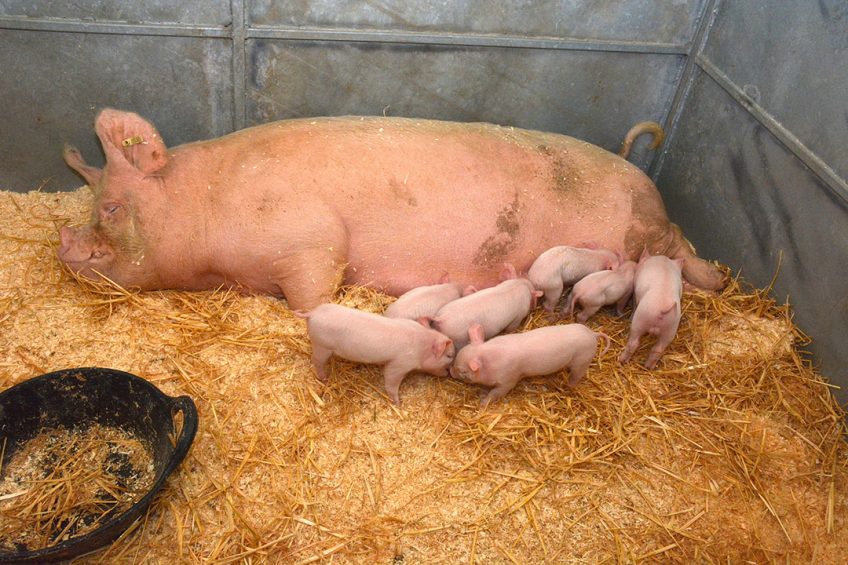
Iceland, located between Europe and Northern America, is mostly known for its seafood. However, pigs are also gaining importance. After several years of disease and welfare issues in its national pig herd, Iceland is now following the Norwegian model to increase herd health and productivity.
It is difficult to state the actual number of farmers that are active in one particular sector in Iceland as the majority of them are mixed farms with a little bit of everything. Dairy, pig and sheep farms are the most popular in the country as the Icelandic people do enjoy eating meat. Icelanders consume around 20-23kg per capita of pork while poultry and lamb is also very popular.
We have just legislated very ambitious animal welfare rules, equal to Norway…” – Ingvi Stefansson, a pig farmer and chairman of pig farmers in Iceland
Sales of pork in Iceland in 2015 totalled 6,364 tonnes which was 11.8% up on the previous year, when pork was on the cusp of overtaking lamb on the Icelandic market. In total, there were 6,462 tonnes of lamb sold in Iceland in 2015, which was 1.9% down on 2014 and second only to poultry at 8,201 tonnes. Since then pork has become even more favourable as tourists more used with pig meat order it in preference to lamb or chicken.
|
Following Norwegian practices
According to Ingvi Stefansson, a pig farmer and chairman of pig farmers in Iceland, the Icelandic industry is following Norwegian practices and breeding efforts. He said: “There are around 3,500 sows and 40,000 pigs in Iceland. Due to our current high health standards we can only import genetics from Norway as deep frozen semen. This includes breeds such as Yorkshire, Norwegian Landrace and Duroc. It is our goal to produce a slaughter pig from a TN 70 sow and the Duroc boar in the future.”
Stefansson highlighted that rearing pigs in Iceland is relatively conventional. He says: “All sows are loose except around farrowing and insemination. The minimum size of the farrowing pen is 5.76 m2. Tail docking is forbidden here in Iceland. Farmers are also not allowed to castrate pigs as the vet has to do it, and farmers are not allowed to use Improvac.
Around two thirds of the floor space for finisher pigs has to be closed floor or animal welfare floor. These rules are new, so farmers may get permission to do some of the things mentioned above while they are renovating their farms.”
Although there are a number of companies on the island that process pigs most of the feed ingredients is imported and normally mixed directly on the farms. Stefansson says: “The main processing companies are Stjörnugris, Ali (Sild og Fiskur), Nordlenska and Slaturfelag Sudurlands (SS). We import most of the feed for the pigs and mix it on the farms but there have been increased production of barley more recently in Iceland and we aim to produce more feed domestically in the future.”
…challenging times ahead but consumers are also positive regarding domestic production.” – Ingvi Stefansson
Bad publicity
In 2015 the pig industry in Iceland suffered bad publicity as concerns were raised about the conditions some pigs were kept in and regarding widespread tail docking on farms even though it is illegal in Iceland. However, new steps to improve pig health and welfare have been implemented. Stefansson explains that pig farms are closed in Iceland to increase biosecurity.
He says: “The farms are closed and farmers and farm workers have to change all clothes entering the farm. Nobody is allowed to enter the farm for the first 48 hours after arriving from abroad. All farms have recently been tested for MRSA, and we are clean. Lung diseases are the most common in pigs here, I guess. But some farmers here are going through eradication programmes.”
Future of pig farming
Looking into the future, Stefansson says that while the future of pig farming in Iceland presents some challenges, there are also a number of positives. He says, “We have just legislated very ambitious animal welfare rules, equal to Norway, that include loose sows in farrowing among other things. At the same time imports are increasing from the European Union because of new agreements between Iceland and the EU are taking place.”
He adds, “So it will be challenging times ahead but consumers are also positive regarding domestic production. Also, we have a big country with few inhabitants and the fields are in need of energy so pig manure is not a problem for us.”


 Iceland at a glance
Iceland at a glance

